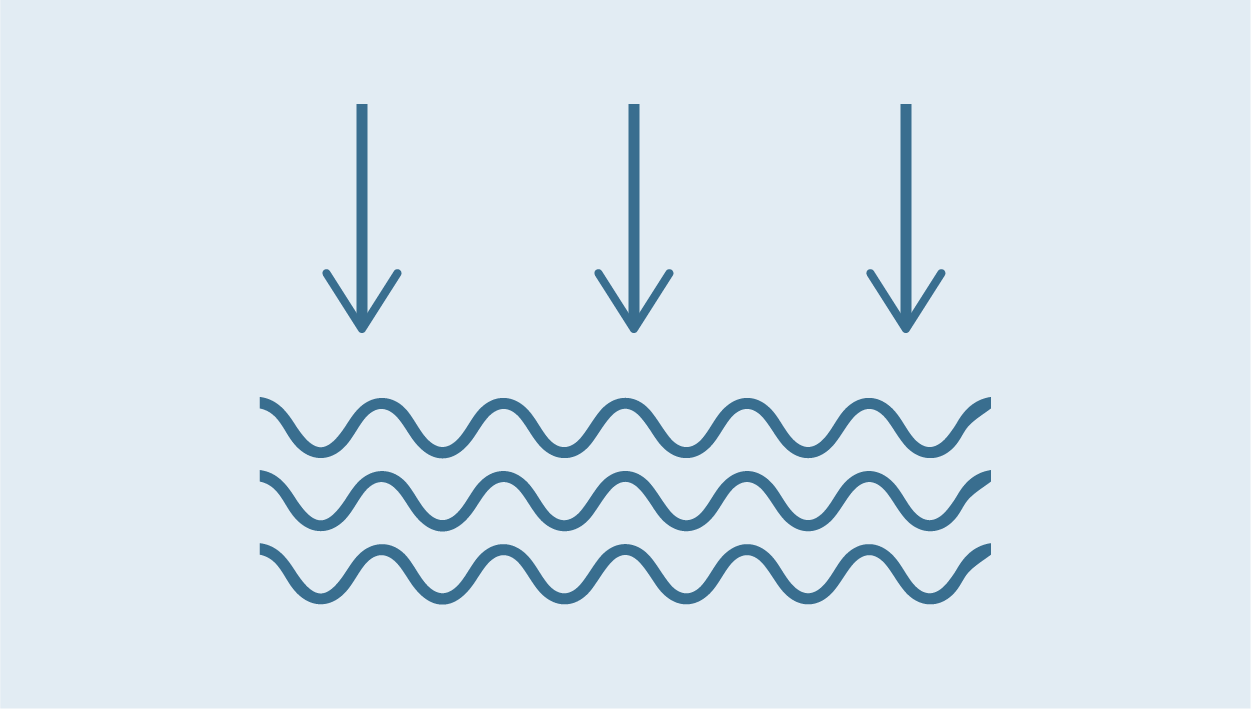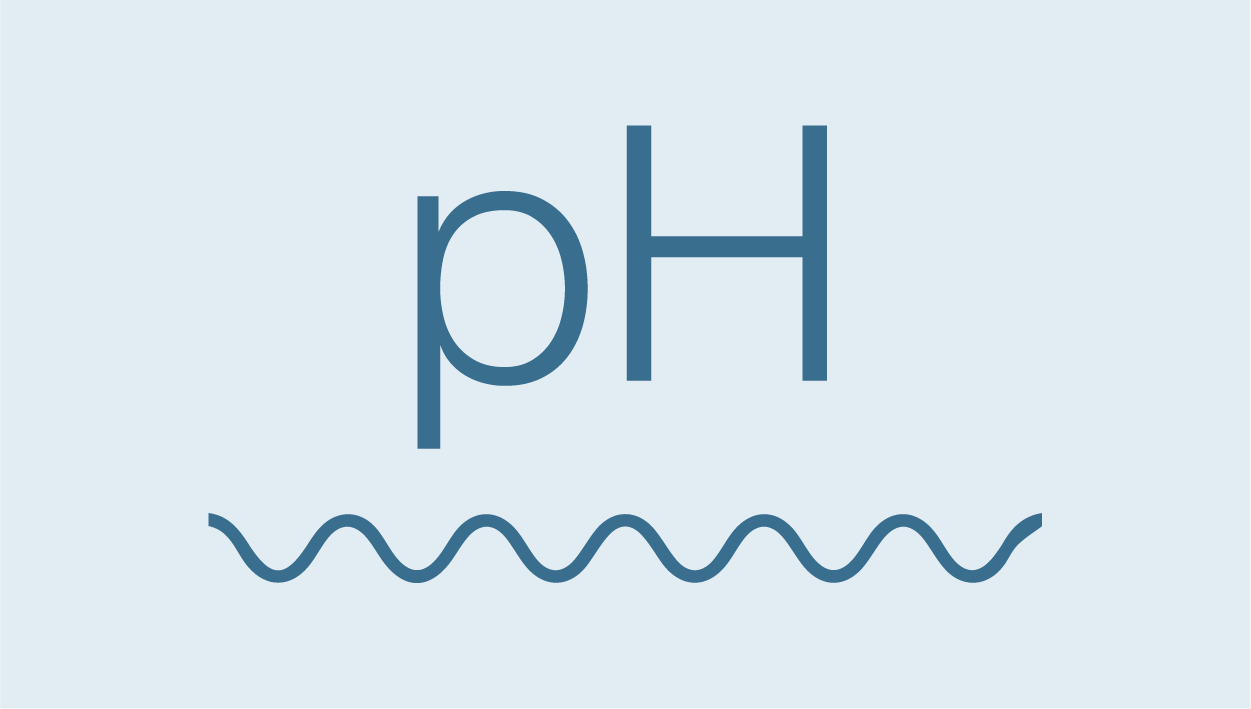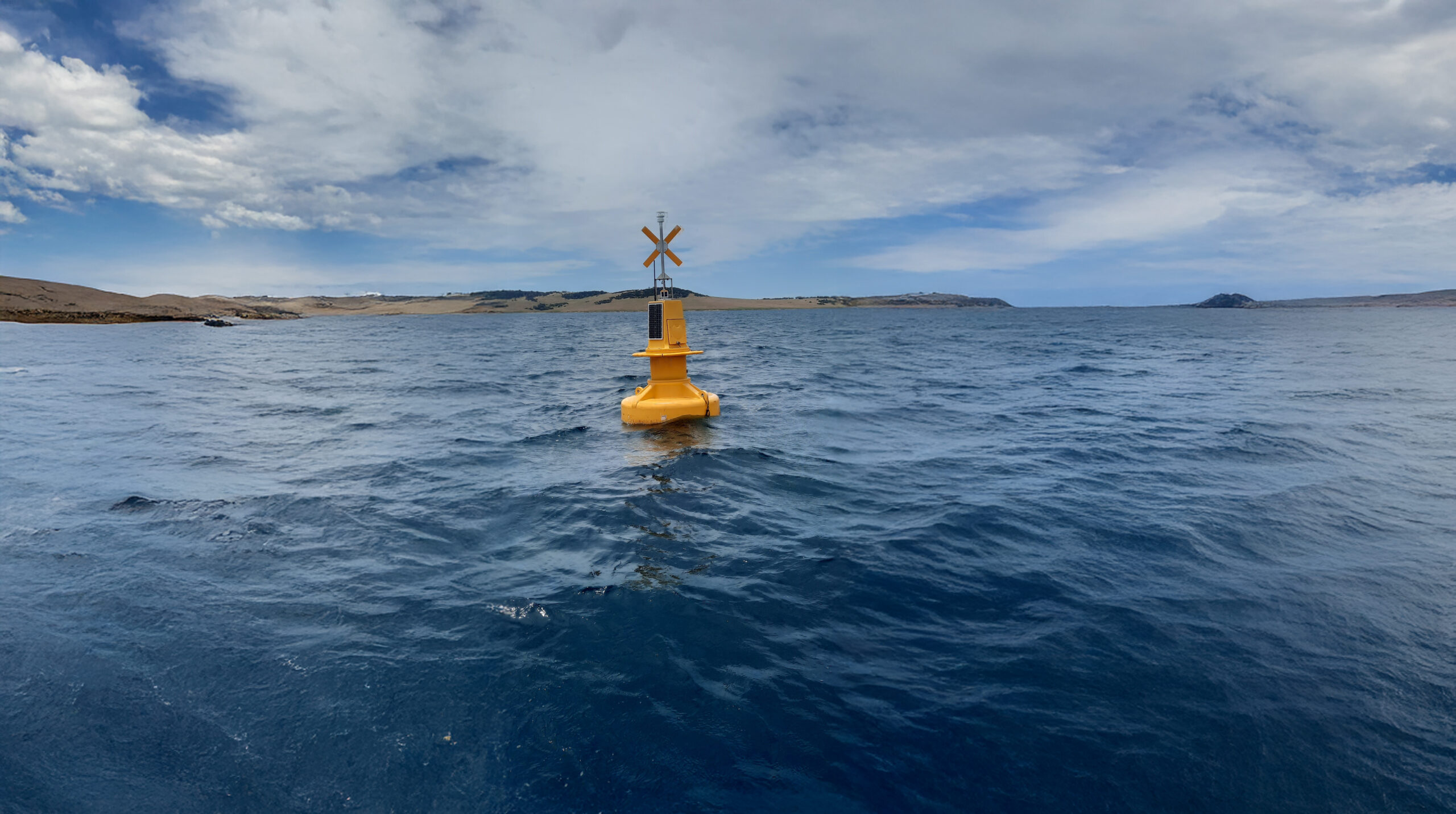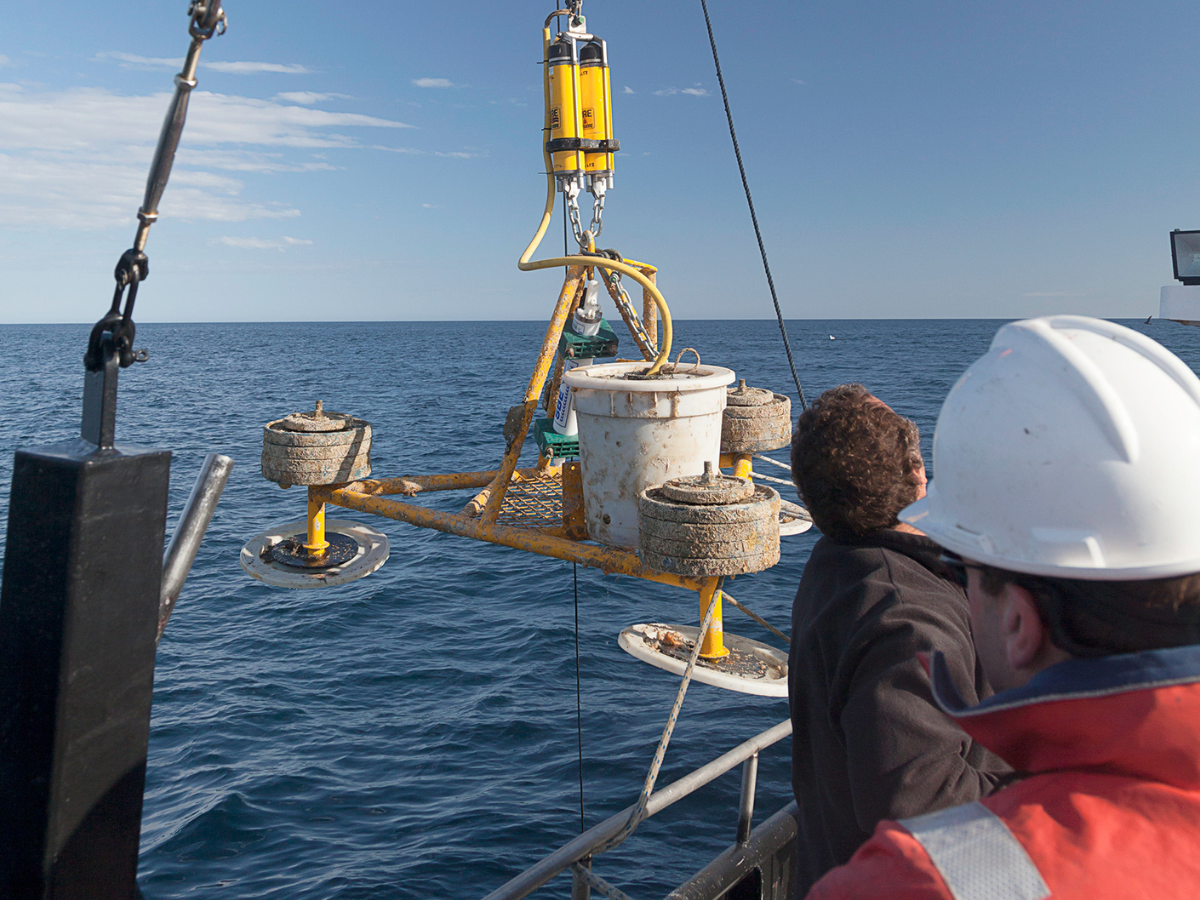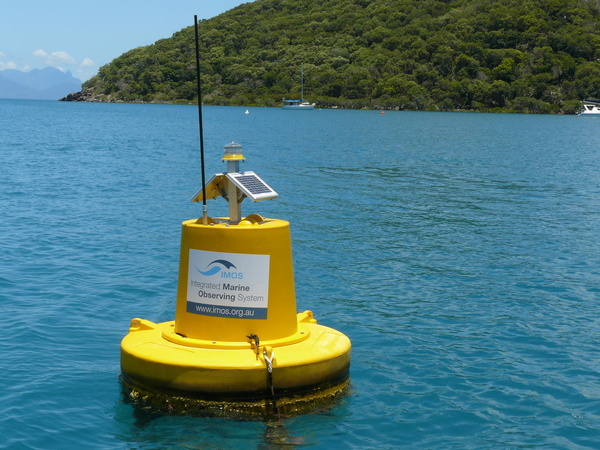Acidification Moorings
Acidification Moorings
Acidification Moorings are a specially designed mooring system that measures CO2 of the ocean’s surface and atmosphere providing valuable information on the state of Australian coastal waters in relation to ocean acidification.
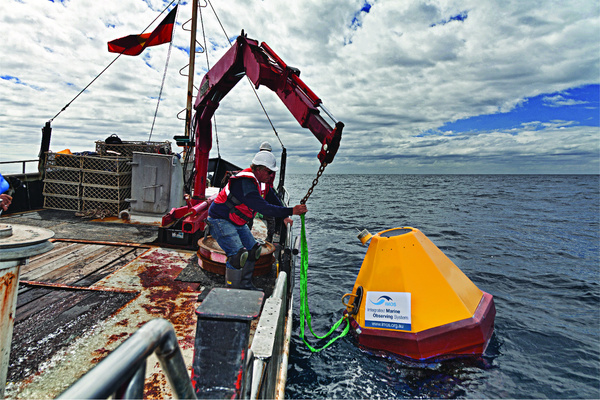
 Carlie Devine, CSIRO
Carlie Devine, CSIRO

Deployments
Acidification Moorings have been deployed to complement two National Reference Stations, Maria Island (Tasmania) and Kangaroo Island (South Australia), providing meteorological and additional data to better understand the controls on CO2 variability and ocean acidification in these key regions. A third Acidification Mooring is also deployed at Heron Island, providing high-frequency data on the Great Barrier Reef system. These are the only IMOS high-frequency shelf moorings for the measurement of CO2 parameters.
International relevance
The sites contribute to national and international research priorities, delivering to international databases and the international Global Ocean Acidification Observing Network. The combined moorings and Ships of Opportunity vastly improve temporal and spatial coverage for Australian waters.

Why it’s important
The acidification of the global ocean’s surface waters is driven by CO2 uptake from the atmosphere. This process poses one of the most significant threats to the health and sustainability of Australia’s marine ecosystems with evidence is already emerging of declines in calcification for tropical and polar marine species. However, a lack of data on the changes in surface water carbonate chemistry makes interoperating the full impacts of ocean acidification difficult.
Key data streams
Select a key data stream to view all IMOS Facilities that collect that data.
Useful information
Operating institution
Acknowledging IMOS
Users of IMOS data are required to clearly acknowledge the source material by including the following statement:
Australia’s Integrated Marine Observing System (IMOS) is enabled by the National Collaborative Research Infrastructure Strategy (NCRIS). It is operated by a consortium of institutions as an unincorporated joint venture, with the University of Tasmania as Lead Agent.
